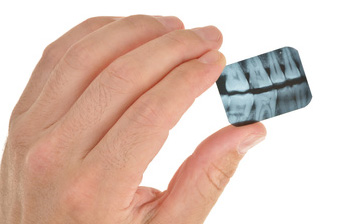Diagnosis of Periodontal Disease
Many people have periodontal (gum) disease and not even realize it. This is because periodontal disease is usually not painful, especially in its early stages. To check for signs and symptoms of periodontal disease, we perform a thorough periodontal examination.

Periodontal disease is an infection of the gums, caused by bacteria in plaque. When your gums are healthy, they fit tightly against your teeth. If you have periodontal disease, your gums pull away from your teeth in response to the infection.
In a healthy mouth, the space between your teeth and gums (called sulcus) is one to three millimetres deep. With periodontal disease the sulcus deepens beyond three millimetres and is then called a pocket. In general, the deeper that the pocket the greater the seriousness of the spread of periodontal disease. During your examination we use a special instrument (called a periodontal probe) to measure the sulcus or deep pockets around your teeth.
We’ll also take x-rays of your mouth to establish whether there has been bone loss around your teeth (another indicator of periodontal disease). Once bone is lost it never grows back. This is why it is critical to diagnose and treat periodontal disease early to prevent continued bone loss and thus, eventual tooth loss.

